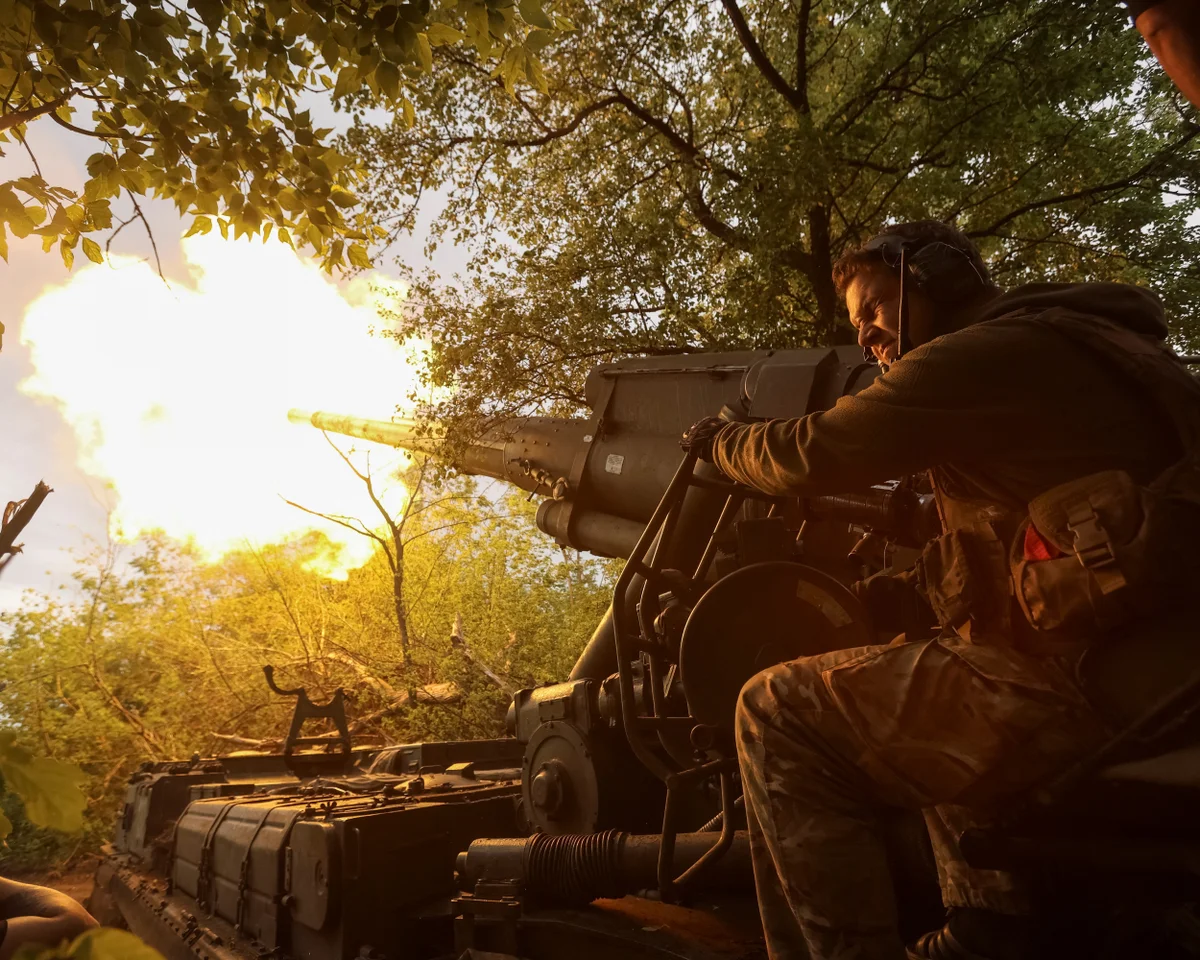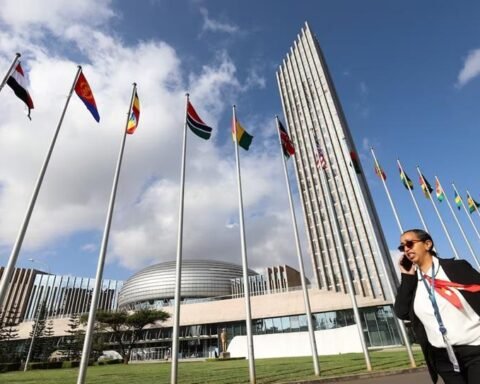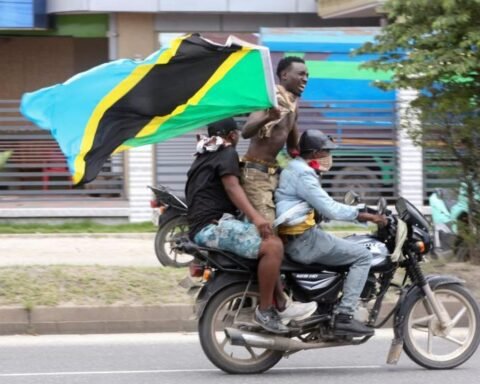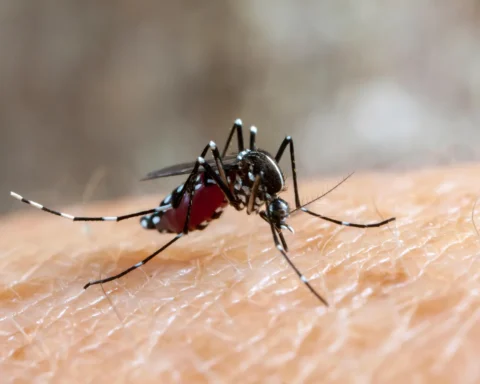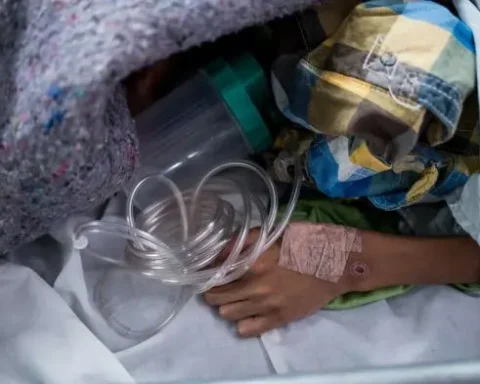Russian President Vladimir Putin has disclosed that more than 700,000 Russian forces are now deployed in Ukraine, underscoring the enormous scale of the ongoing conflict.
Speaking during a meeting with parliamentary leaders in Moscow, Putin also suggested that many returning veterans could transition into civilian government roles, linking battlefield service to positions of public responsibility.
Behind the official statistics lies a profound human story. Each number represents a soldier—many of them young conscripts or reservists—leaving behind families who live with daily uncertainty. Wives, mothers, and children endure sleepless nights, anxiously waiting for updates from the frontlines. For those who return home, reintegration may offer recognition but also brings the lasting trauma of combat.
Veterans are expected to play a key role in shaping Russia’s domestic landscape. While opportunities in government service may provide stability, the psychological scars of war will inevitably affect how these men and women engage with their communities.
Also Read; Netanyahu Warns Hamas Over Hostages’ Safety
Putin’s declaration comes amid growing international attention to troop numbers. Analysts estimate that Russia’s total active and reserve force reaches about 1.3 million personnel, while Ukraine’s military is believed to number around 900,000. This near parity has fueled one of Europe’s most devastating wars in decades.
Sustaining such a vast deployment poses serious challenges. Feeding, equipping, and rotating hundreds of thousands of troops demands enormous resources. Beyond logistics, maintaining morale and public support inside Russia has become just as critical as holding ground on the battlefield.
The impact of this war reaches far beyond the frontlines. For Russia, the presence of 700,000 troops in Ukraine is reshaping its economy, politics, and society. For Ukraine, the sheer scale of Russian manpower intensifies the struggle for survival and sovereignty. Globally, the conflict continues to reshape security strategies, fuel geopolitical tensions, and redraw alliances.

